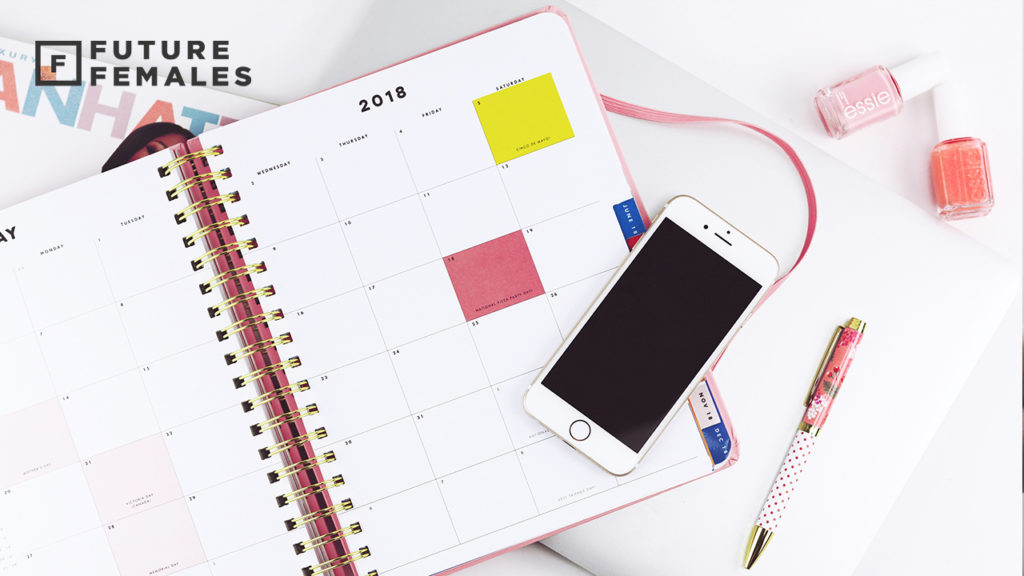It’s a physical impossibility to give all your attention to more than one thing at a time and to do really great work. The truth is, there is no such thing as multitasking – there’s only doing a mediocre job (at best) on a bunch of different things. And no, listening to music while you’re working or flipping through your social media feeds while you’re in an uber, doesn’t count as ‘multitasking’. I’m talking about the ridiculous myth that we can get more than one thing done – and done well – at a time.
In a world with so much to do and so little time, we are all constantly looking for tips and tricks to be more productive and clear items on our to-do list. We have so much technology to help us have a better human experience, yet it seems that we are just ‘busy’ all the time and not actually ever feeling like we have really gotten anything done. It causes us stress and anxiety because we are constantly thinking of all the stuff we have to do and it distracts us from being in the moment and enjoying all life’s rich experiences. Here are some productivity hacks that actually work:
1. Planning and Prioritising
I recommend taking some time out on a Sunday and planning your week to get an overview of what your major deliverables and goals are. It also helps to set aside time as part of your morning routine (way before you even get to the office) to plan your day and to prioritize your tasks. A really simple technique is to plot your to-do list for the week (or the day) on a simple XY axis between ‘urgent’ and ‘important’. You can break it down into 4 quadrants and focus on the things that are both urgent and important, first. The things that fall in the bottom left quadrant – neither urgent nor important – may well be stuff you should be delegating or should be saying no to in the future.
Planning and prioritising allows you to feel less stressed and overwhelmed and a lot more in control. Just be sure that you build in a good 90 minutes to 2 hours worth of ‘buffer time’ every day to deal with potential emergencies or unforeseen meetings, client requirements or helping out where colleagues are off work.
Also be sure to plan things like personal grooming, gym sessions and time with family and friends and include those in your calendar so there’s no surprise birthday dinner for Gran the night before a big proposal is due.
2. Technology
There are so many free apps and tools available to make it easier to keep track of your tasks and to-do lists, it’s actually pretty mind-boggling. Do some research and find the tools that work for you. Some great to-do lists and collaboration tools that you can use to keep track of tasks that have been allocated to you, or to share info with colleagues on a project, include Wunderlist, Asana and my personal favourite, Trello. They all offer free apps for iOS and Android, so no more writing in a notebook and then transferring to a to-do list after a meeting. You can update tasks and to-do’s on the fly and Trello even has a handy little add-on for MS Outlook so you can add a task from an email, straight to a project plan or board.
The magic doesn’t end there! You can get yourself a handy AI assistant that will scan your emails for action items and alert you so that you don’t miss something important just because you didn’t get around to reading all your emails. Yva is a free option you can try or else if you want to splash out on a more comprehensive AI offering, check out My Ally or x.ai.
Another favourite tool I cannot live without, is allowing people to schedule time in my diary without the typical back and forth. Sure, a paid AI assistant could do that, or you could just look into the offerings from Schedule Once and Calendly.
All of these tools and tech allow for you to spend less time on mundane tasks like scheduling meetings or making lists and emailing those, freeing up your time to actually get stuff done.
3. Time-Blocking
An old school technique that really works- even more so in our hyper connected world – is the Pomodoro technique (or any variation thereof). Effectively, what time-blocking requires you to do, is set aside a block of time – preferably 25 to 50 minutes – to focus on a specific task with no interruptions (including emails, phone-calls, social media etc). You set a timer and get to work and when your timer ends, you take a break, check some mails, get some coffee and start on your next time-block activity.
It’s old school, but I promise you it works really well, especially if you add some technology to the mix. Apps like Freedom will actually block all social media, emails and even phonecalls for predetermined periods of time, allowing you to focus on a specific task. No excuses for being distracted by those push notifications anymore!
4. Skip The Meetings
This is probably the most difficult one of all and requires self-discipline and really good communication skills. Most of the meetings we are invited to, are a massive time-suck where people spend time talking about a problem instead of focusing on solutions. If you receive a meeting request where your attendance is not mandatory, just decline and if you do actually have to attend a meeting, use your powers of persuasion to steer everyone towards action-items and solutions. You can even grab your phone and add the to-do’s to your Wunderlist. Asana or Trello, add due dates and assign to attendees before you all even leave the meeting room.
5. Monitor Your Flow
No, not Aunt Flo! Your personal ‘flow’ is when you’re working at your best and your most productive and it usually requires that the work you’re doing isn’t either too easy (because you’ll get bored and distracted and put it off) or too challenging (because you’ll get anxious and start spinning and not be able to deliver due to fear of failure or fear that people will think you’re incompetent). Develop that self-awareness and keep tabs on when you’re in your flow and when not. Keep tabs on what work causes you to feel out of flow for whatever reason and take positive steps towards eliminating those hurdles. This may involve a candid and vulnerable chat with your partners or manager, so it’s a good idea to work with a coach and carefully plan your approach to giving this feedback and negotiating more positive flow in your job.
In the end, productivity is all about working smarter instead of harder. Use technology to your advantage, plan and prioritize and make sure to monitor when you’re in the flow and doing your best work. Take control of that to-do list and show that bitch who’s the boss!

